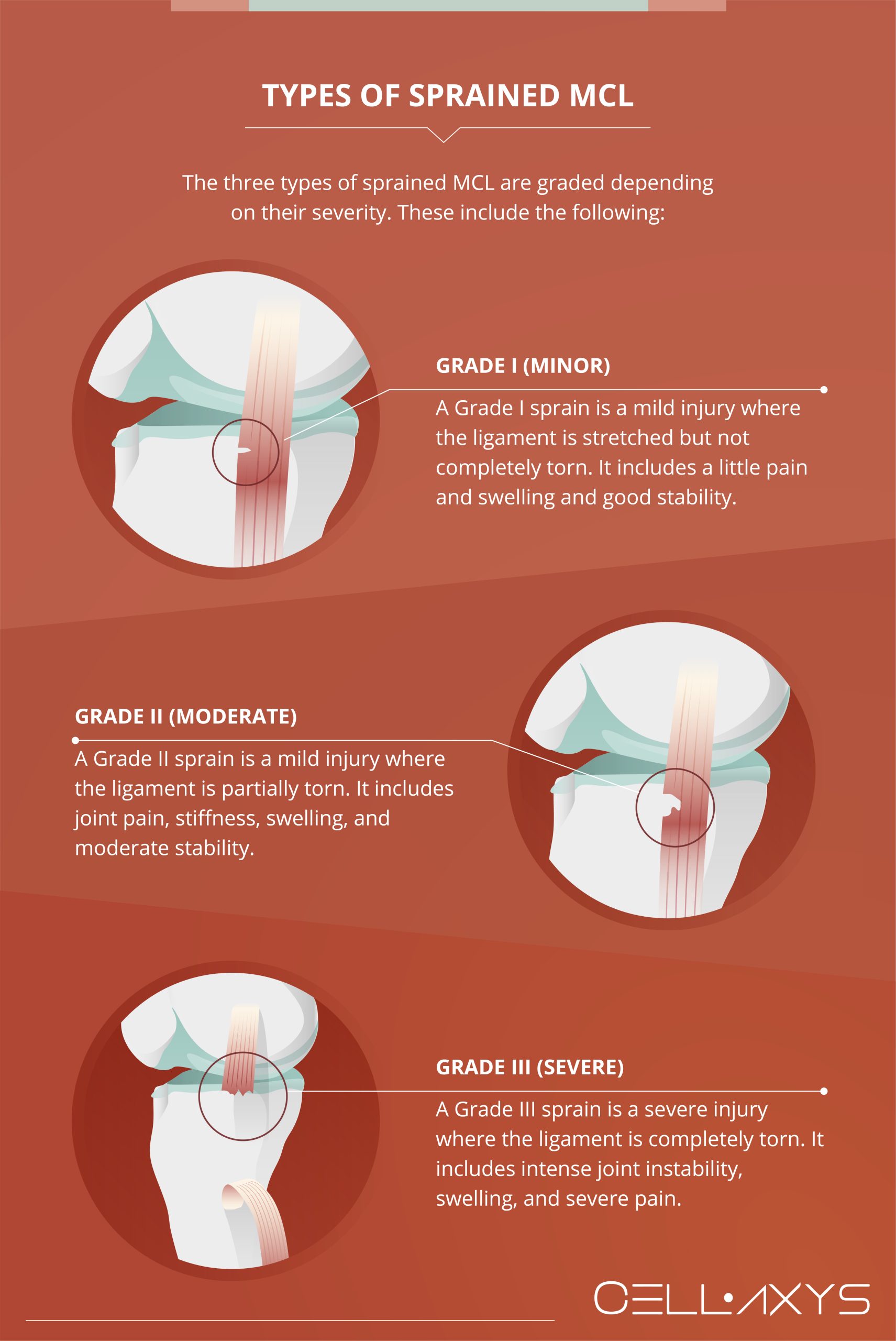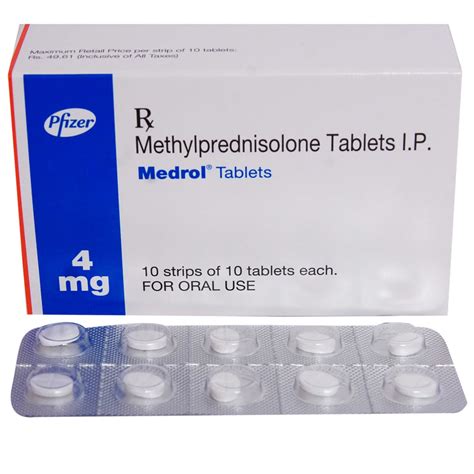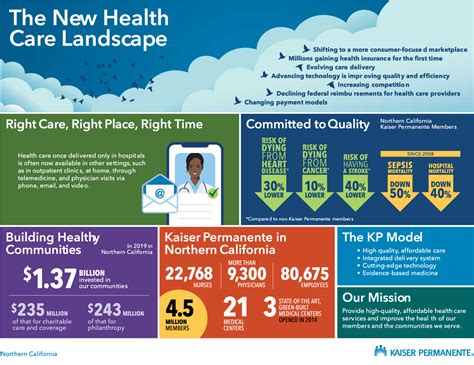The recovery process from a medial collateral ligament (MCL) sprain can be a lengthy and challenging journey, but with a comprehensive understanding of the injury, its severity, and the appropriate treatment approaches, individuals can navigate this process effectively. An MCL sprain occurs when the medial collateral ligament, which connects the femur (thigh bone) to the tibia (shin bone) on the inner aspect of the knee, is stretched or torn. This type of injury is common in sports that involve direct contact, sudden changes in direction, or twisting motions, such as soccer, football, and basketball.
Understanding MCL Sprains
MCL sprains are graded on a scale from 1 to 3, based on the severity of the injury. A Grade 1 sprain involves a mild stretch of the ligament with minimal discomfort and no instability. Grade 2 sprains are moderate, with a partial tear of the ligament, resulting in some knee instability and more pronounced pain. Grade 3 sprains are the most severe, involving a complete tear of the MCL, significant instability, and considerable pain.
Early Signs and Symptoms
- Pain: Immediate pain on the inner aspect of the knee.
- Swelling: Variable, but can be significant with more severe injuries.
- Instability: Feeling that the knee may give way, more common with Grade 2 and 3 sprains.
- Limited Mobility: Difficulty bending or straightening the knee.
Treatment and Rehabilitation
The primary goal of treating an MCL sprain is to reduce pain, inflammation, and restore function and strength to the knee. For most MCL sprains, especially Grades 1 and 2, conservative management is preferred, focusing on the RICE principle:
- Rest: Avoid activities that aggravate the condition.
- Ice: Apply ice to reduce pain and inflammation.
- Compression: Use a compression bandage to reduce swelling.
- Elevation: Elevate the knee above the level of the heart to reduce swelling.
In addition to RICE, a rehabilitation program is crucial for recovery. This typically includes:
- Physical Therapy (PT): A customized PT program can help improve range of motion, strengthen the muscles around the knee (quadriceps, hamstrings, and calf muscles), and enhance knee stability.
- Bracing: For some individuals, especially with Grade 2 and 3 sprains, a hinged knee brace may be recommended to provide support and protection during the healing process.
- Pain Management: Over-the-counter pain relievers, such as acetaminophen or ibuprofen, can help manage pain and reduce inflammation.
Advanced Rehabilitation Techniques
As the individual progresses in their recovery, more advanced rehabilitation techniques can be introduced, including:
- Strengthening Exercises: Progressing from isometric to isotonic exercises to improve muscle strength around the knee.
- Plyometric and Agility Training: Once sufficient strength and stability are achieved, incorporating jumping, cutting, and pivoting exercises to prepare the knee for return to sports.
- Functional Training: Activities that mimic the specific demands of the individual’s sport or daily activities to ensure a safe and effective return to full function.
Preventing Future Injuries
Prevention plays a crucial role in avoiding future MCL sprains and other knee injuries. Key preventive measures include:
- Strengthening the Core and Leg Muscles: Stronger muscles provide better support and stability to the knee.
- Improving Flexibility and Range of Motion: Regular stretching can help reduce the risk of strains and improve athletic performance.
- Using Proper Techniques: In sports, using proper techniques for cutting, pivoting, and landing from jumps can significantly reduce the risk of knee injuries.
- Wearing Appropriate Protective Gear: In contact sports, wearing protective gear such as knee pads can offer some level of protection against blunt trauma.
Future Outlook
The prognosis for MCL sprains is generally good, with most individuals returning to their pre-injury level of activity. However, the recovery time can vary significantly based on the severity of the sprain and the individual’s adherence to the rehabilitation program. Grade 1 sprains may recover within 1-3 weeks, while Grade 2 sprains can take 3-6 weeks, and Grade 3 sprains often require 6-12 weeks or more for full recovery. In some cases, especially with more severe injuries or when conservative management fails, surgical intervention may be necessary to repair the damaged ligament.
The Role of Technology in Rehabilitation
Advancements in technology, such as wearable sensors and virtual reality platforms, are also being explored for their potential to enhance the rehabilitation process. These tools can provide real-time feedback on movement patterns, offer personalized exercise programs, and create immersive environments for functional training, potentially leading to more efficient and effective rehabilitation protocols.
FAQs
What is the fastest way to recover from an MCL sprain?
+The fastest way to recover involves a combination of rest, ice, compression, and elevation (RICE), along with a structured physical therapy program tailored to the individual's specific needs and the severity of the injury.
Can you walk on a Grade 2 MCL sprain?
+Walking may be possible with a Grade 2 MCL sprain, but it is advisable to avoid putting excessive weight or stress on the knee. Using crutches or a brace can help reduce pain and prevent further injury during the initial healing phase.
How long does it take for a Grade 3 MCL sprain to heal?
+A Grade 3 MCL sprain, which involves a complete tear of the ligament, can take significantly longer to heal, typically requiring 6-12 weeks or more for full recovery. In some cases, surgical intervention may be recommended to achieve optimal healing and restore knee stability.
What exercises should I do for an MCL sprain?
+Initial exercises for an MCL sprain focus on maintaining range of motion and strengthening the surrounding muscles. These can include straight leg raises, quad sets, and wall squats. As the injury heals, more advanced exercises such as lunges, leg press, and balance training can be incorporated under the guidance of a healthcare professional or physical therapist.
Can an MCL sprain heal without physical therapy?
+While some mild MCL sprains may heal without formal physical therapy, a structured rehabilitation program is crucial for optimal recovery, especially for more severe injuries. Physical therapy helps ensure proper healing, prevents chronic instability, and reduces the risk of future injuries.
Conclusion
Recovery from an MCL sprain is a process that requires patience, dedication, and a well-structured approach. By understanding the severity of the injury, adhering to a comprehensive treatment plan, and incorporating preventive measures, individuals can effectively navigate the rehabilitation process and return to their normal activities with minimal risk of future injury. The integration of advanced technologies and a focus on personalized rehabilitation programs are poised to enhance the recovery process, offering new avenues for optimal healing and knee health.



